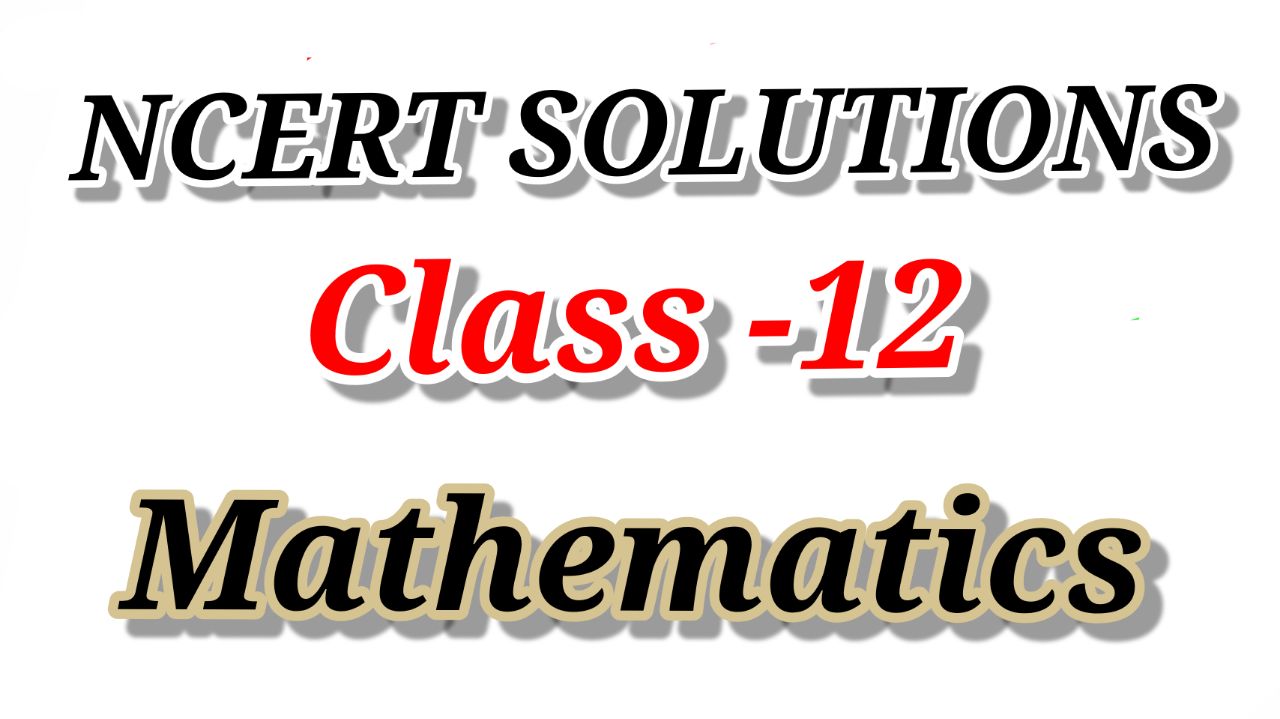
☰
Chapter 13 Probability
Probability Questions

NCERT Solutions for Class 12 Maths – Chapter 13 – PROBABILITY EXERCISE 13.1 Questions 1 to 15
Probability 15 Practice Questions
NCERT Solutions for Class 12 Maths – Chapter 13 – PROBABILITY EXERCISE 13.2 Questions 1 to 18
NCERT Solutions for Class 12 Maths – Chapter 13 – PROBABILITY EXERCISE 13.3 Questions 1 to 14
- Given that E and F are events such that P(E) = 0.6, P(F) = 0.3 and P(E ∩ F) = 0.2, find P(E|F) and P(F|E)
- Compute P(A|B), if P(B) = 0.5 and P (A ∩ B) = 0.32
- If P(A) = 0.8, P (B) = 0.5 and P(B|A) = 0.4, find (i) P(A ∩ B) (ii) P(A|B) (iii) P(A ∪ B)
- Evaluate P(A ∪ B), if 2P(A) = P(B) = 5/13 and P(A|B) = 2/5
- If P(A) = 6/11, P(B) = 5/11 and P(A ∪ B) = 7/11, find (i) P(A∩B) (ii) P(A|B) (iii) P(B|A)
- A coin is tossed three times, where (i) E : head on third toss , F : heads on first two tosses (ii) E : at least two heads , F : at most two heads (iii) E : at most two tails , F : at least one tail
- Two coins are tossed once, where (i) E : tail appears on one coin, F : one coin shows head (ii) E : no tail appears, F : no head appears
- A die is thrown three times, E : 4 appears on the third toss, F : 6 and 5 appears respectively on first two tosses
- Mother, father and son line up at random for a family picture E : son on one end, F : father in middle
- A black and a red dice are rolled. (a) Find the conditional probability of obtaining a sum greater than 9, given that the black die resulted in a 5. (b) Find the conditional probability of obtaining the sum 8, given that the red die resulted in a number less than 4.
- A fair die is rolled. Consider events E = {1,3,5}, F = {2,3} and G = {2,3,4,5} Find (i) P(E|F) and P(F|E) (ii) P(E|G) and P(G|E) (iii) P((E ∪ F)|G) and P((E ∩ F)|G)
- Assume that each born child is equally likely to be a boy or a girl. If a family has two children, what is the conditional probability that both are girls given that (i) the youngest is a girl, (ii) at least one is a girl?
- An instructor has a question bank consisting of 300 easy True / False questions, 200 difficult True / False questions, 500 easy multiple choice questions and 400 difficult multiple choice questions. If a question is selected at random from the question bank, what is the probability that it will be an easy question given that it is a multiple choice question?
- Given that the two numbers appearing on throwing two dice are different. Find the probability of the event ‘the sum of numbers on the dice is 4’.
- Consider the experiment of throwing a die, if a multiple of 3 comes up, throw the die again and if any other number comes, toss a coin. Find the conditional probability of the event ‘the coin shows a tail’, given that ‘at least one die shows a 3’.
- If P(A) = 1/2, P(B) = 0, then P(A|B) is
(A) 0 (B) 1/2 (C) not defined (D) 1 - If A and B are events such that P(A|B) = P(B|A), then
(A) A ⊂ B but A ≠ B (B) A = B (C) A ∩ B = φ (D) P(A) = P(B)
Determine P(E|F) in Exercises 6 to 9.
In each of the Exercises 16 and 17 choose the correct answer:
Chapter 13 – PROBABILITY EXERCISE 13.1 Questions 1 to 17 Solutions
The salient features of the chapter are:
- The conditional probability of an event E, given the occurrence of the event F, is given by P(EF) = P(E ∩ F)/P(F), where P(F) ≠ 0.
- 0 ≤ P(EF) ≤ 1, P(E'F) = 1 - P(EF).
- P((E ∪ F)G) = P(EG) + P(FG) - P((E ∩ F)G).
- P(E ∩ F) = P(E) P(FE), where P(E) ≠ 0.
- P(E ∩ F) = P(F) P(EF), where P(F) ≠ 0.
- If E and F are independent, then P(E ∩ F) = P(E) P(F), P(EF) = P(E), P(F) ≠ 0, and P(FE) = P(F), P(E) ≠ 0.
- Theorem of total probability: Let {E1, E2, ..., En} be a partition of a sample space and suppose that each of E1, E2, ..., En has nonzero probability. Let A be any event associated with S, then P(A) = P(E1) P(A|E1) + P(E2) P(A|E2) + ... + P(En) P(A|En).
- Bayes' theorem: If E1, E2, ..., En are events which constitute a partition of sample space S, i.e. E1, E2, ..., En are pairwise disjoint and E1 ∪ E2 ∪ ... ∪ En = S and A be any event with nonzero probability, then...
P(E i )P(A|E i )
P(E i|A) = -----------------------------
n
∑ P(E j )P(A|E j )
j=1